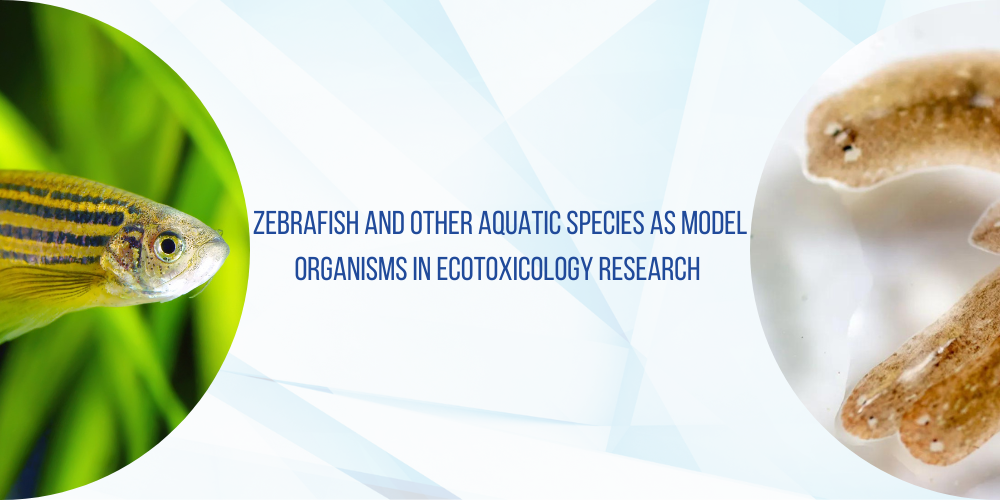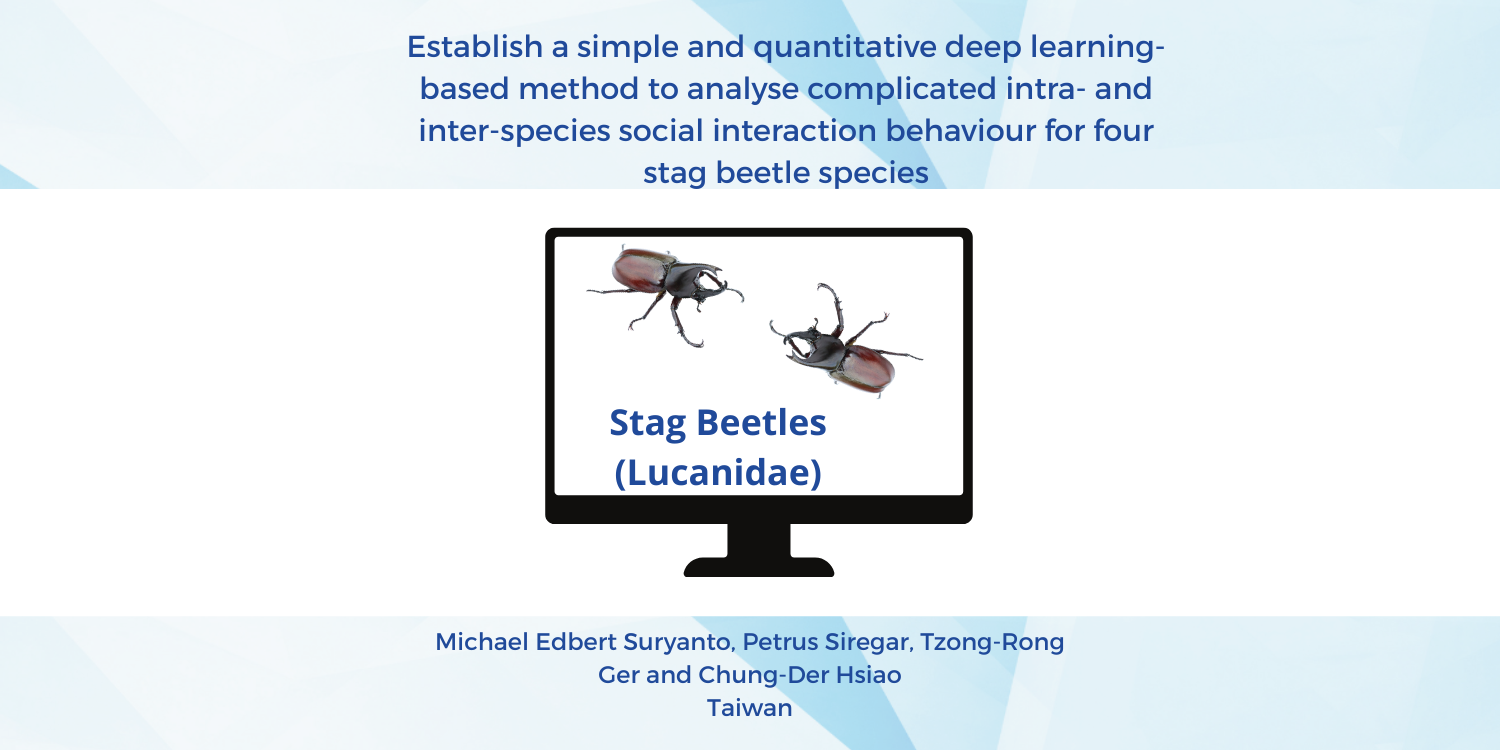Ecotoxicology
Pesticides can be very hard for nature to break it down, and it leaves residue that can sometimes travel long distances in the air, water, or living organisms .
This pollution takes wildly different forms, such as chemicals, heavy metals or pesticides. Contact to any of these can lead to a whole range of consequences on the organisms, depending on the length and intensity of the exposure. Indeed, exposure can lead to severe health effects, developmental abnormalities, reproductive problems, chronic illnesses, etc.
Pesticides are just one of the many contaminants that get into the natural environment and can affect wild plants and animals. Ecotoxicology (a mix of ecology and toxicology) is the science that studies the impacts of contaminants on individuals, populations, natural communities and ecosystems.
This field of study is very important in understanding the harmful consequences of human activities on the natural environment, developing possible solutions and minimizing the impact.
The use of fish in ecotoxicology research
Zebrafish is used as a model in all areas of environmental toxicology i.e. recognizing mechanisms, monitoring the toxic potential in particular environments, analyzing effluents to determine the presence of effective levels of toxicants, assessing environmental matrices and inputs, screening of chemicals and drugs… (John J. Stegeman, Jared V. Goldstone, Mark E. Hahn, 2020).
In ecotoxicology research, fish and other species are used to study the effects of environmental toxins on a variety of biological processes, including development, behavior, reproduction, and metabolism. For example, researchers can use zebrafish to study the effects of pollutants on the development of the heart or the nervous system. They can also study the effects of pollutants on the behavior of the fish, such as swimming patterns or feeding habits. By studying the effects of environmental toxins on zebrafish, researchers can gain a better understanding of how these environmental toxicants affect other organisms, including humans.
Why use zebrafish?
-
Embryos develop externally, which makes them ideal for toxicity testing.
-
They reproduce and develop very quickly.
-
70% of human genes are found in zebrafish.
-
A few house after fertilizations, the zebrafish larvae’s nervous system is already in place, meaning that all tests conducted from then on are already conclusive.
-
Due to their sensitivity to a range of environmental toxins (pesticides, heavy metals, pharmaceuticals, etc.), zebrafish response to such an exposition is varied: altered gene expression, changes in behavior, developmental abnormalities… They share this characteristic with other species of fish.
-
Inexpensive to maintain: cost-effective tool for ecotoxicology
The contributions of video tracking in ecotoxicological research
Historically, scientists engaging in behavior analysis had to directly observe their specimens, and manually analyze their findings.
High-throughput automated video tracking allows for accurate quantifying of locomotor behavior for zebrafish, and a whole range of various species (arthropods, annelids, drosophila, arachnids, insects…). The spatio-temporal data is communicated to the researchers in a comprehensive document, allowing to focus on other aspects of the research and advance quickly.
Some studies
Cocktail effects of emerging contaminants on zebrafish: Nanoplastics and the pharmaceutical diphenhydramine
Nanoplastics are solid particles of synthetic or heavily modified natural polymers that are characterized by their small size (1 – 1000nm). Their production, intentional or not, can lead to plastic contamination, a central issue in environmental research due to nanoplastics having been identified as potentially one of the most hazardous forms of plastic waste. Indeed, their role as carriers for environmental toxins raises concern, since it could increase the levels of toxicity and bioaccumulation in organisms (plants, fish, aquatic species…).
This study aimed to, by using a zebrafish model, gain an understanding on how the presence of polystyrene NPLs impacts the toxicity of the antihistamine diphenhydramine (DPH) when in dual mixtures.
During their experiment, this team of researchers used the ZebraBox tracking system to evaluate locomotor behavior. They found that the NPL + DPH mixtures caused higher mortality rate for embryos, more malformation and behavioral alterations. The potential influence NPLs may have on other contaminants is why, according to the study, it is important to conduct an environmental risk assessment considering NPLs as a co-contaminant. It is especially important for us to understand all the challenges that accompany contaminants of emerging concern (CEC).
Road Runoff Characterization: Ecotoxicological Assessment Combined with (Non-)Target Screenings of Micropollutants for the Identification of Relevant Toxicants in the Dissolved Phase
Road runoff is the pollution that happens when pollutants originating from human activity (antifreeze, engine oil, rubber and metal deposits, cigarette butts…) build up on roads before being picked up by rainwater and transported into our rivers, streams, and oceans. It is, of course, also a way for micropollutants to be carried to groundwater and soils, where they threaten the environment and ecosystems.
This study aimed to get more information on specific toxicants present in road runoff by comparing two different sites that have a different traffic intensity and toxicological risk assessment.
Ecotoxicological risk was evaluated in a zebrafish embryo model, using ZebraBox to record larvae activity.
Finding that the ranges of concentrations obtained from the samples used in the study were similar between the two sites, the study was able to reveal specific fingerprints of both sites and a different characterization of DOM fluorophores. The researchers highlight the need of a strategy combining biological tests and state-of-the-art chemical analysis techniques, since it allows for a complete and comprehensive risk evaluation of complex environmental samples, one of which is road runoff, and the production of sustainable drainage systems that may also act as depolluting devices.
Planarian behavioural endpoints in ecotoxicology: A case study evaluating mercury and salinity effects
As the ecotoxicology field become more understood by researchers, behavioral endpoints such as locomotor, avoidance or feeding behaviors have been gaining relevance, since they can be quickly influenced by contaminants. This study considers that planarians, a type of freshwater invertebrates, are a good model to use for behavioral studies since their simple behaviors can be easily evaluated. The study aims to demonstrate their usefulness for ecotoxicological research and identifying the impacts of stressors on freshwater invertebrates in general.
To do so, they studied the response of the Girardia tigrine to two model stressors (Hg and NaCl) by studying three behavioral endpoints: mortality, feeding rate and locomotion. Locomotor activity was evaluated by an automated tracking system (ZebraBox + ZebraLab). They found that planarians’ locomotor activity was sensitive to the presence of foreign substances, thus a good behavioral endpoint to study. The study also considered that “the usage of automated tracking systems makes the measurement of this endpoint easier, more reproducible and less prone to observer bias”.
Related products:
References:
Angela Barreto, Joana Santos, Vânia Calisto, Luciana S. Rocha, Mónica J.B. Amorim, Vera L. Maria, Cocktail effects of emerging contaminants on zebrafish: Nanoplastics and the pharmaceutical diphenhydramine, NanoImpact, Volume 30, 2023.
John J. Stegeman, Jared V. Goldstone, Mark E. Hahn, Perspectives on zebrafish as a model in environmental toxicology, Fish Physiology, Volume 29, 2010, Pages 367-439.
Fátima C.P. Simão, Andreia C.M. Rodrigues, Amadeu M.V.M. Soares, João L.T. Pestana, Planarian behavioural endpoints in ecotoxicology: A case study evaluating mercury and salinity effects, Environmental Toxicology and Pharmacology, Volume 88, 2021.
Teame, Tsegay Zhang Zhen, Ran Chao, Zhang Hongling, Yang Yalin, Ding Qianwen, Xie Minxu, Gao Chenchen, Ye Yongan, Duan Ming, Zhou Zhigang, The use of zebrafish (Danio rerio) as biomedical models, Animal Frontiers, 2019.
Ågerstrand Marlene, Arnold Kathryn, Balshine Sigal, Brodin Tomas, Brooks Bryan, Maack Gerd, McCallum Erin, Pyle Greg, Saaristo Minna, Ford Alex, Emerging investigator series: Use of behavioural endpoints in regulation of chemicals. Environmental Science: Processes & Impacts Volume 22, 2020.
Sandre Fidji, Huynh Nina, Gromaire Marie-Christine, Varrault Gilles, Morin Christophe, Moilleron Régis, Le Roux Julien, Garrigue-Antar Laure, Road Runoff Characterization: Ecotoxicological Assessment Combined with (Non-)Target Screenings of Micropollutants for the Identification of Relevant Toxicants in the Dissolved Phase, Water. 14, 2022,





